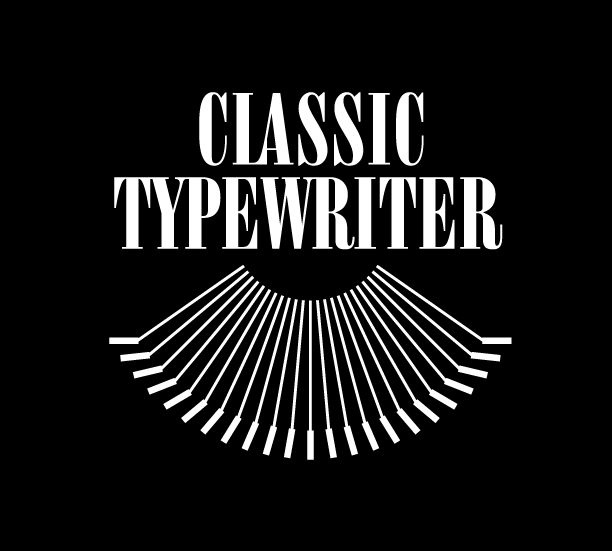Dom Sylvester Houédard: The Monk Who Transformed the Typewriter into Art
In the modern world, where typewriters are often seen as relics of a bygone era, few figures stand out as uniquely as Dom Sylvester Houédard (1924–1992). A Benedictine monk, a scholar of mysticism, and an avant-garde poet, Houédard took the humble typewriter and turned it into an instrument of artistic expression. While many saw it as a mere tool for writing, he saw it as a medium for visual poetry—creating intricate patterns and texts that blended spirituality, literature, and abstraction.
The Monk Who Saw Beyond the Ordinary
Born in 1924, Pierre Thomas Sylvester Houédard was an intellectual force from an early age. After serving in the British Army Intelligence Corps during World War II, he took vows as a Benedictine monk at Prinknash Abbey in Gloucestershire, where he became known as Dom Sylvester Houédard—a title that would later become synonymous with some of the most fascinating experimental poetry of the 20th century.
As a monk, he devoted himself to deep theological studies, translating Christian mystical texts and engaging in interfaith dialogues, particularly with Buddhism and Hinduism. His spiritual explorations paralleled his artistic ones—both seeking to transcend traditional structures and reach new levels of understanding.
The Typewriter as a Sacred Tool
While many writers used typewriters to create conventional prose, Houédard saw them as a means of crafting concrete poetry—a form of visual poetry where the arrangement of letters, symbols, and spaces contributes as much to the meaning as the words themselves.
His typewriter poems, or "typestracts", were intricate compositions where letters and punctuation marks formed geometric shapes, abstract patterns, and evocative visual textures. The limitations of the typewriter—fixed fonts, rigid spacing—became strengths in his hands. With precision and patience, he created works that blurred the boundaries between text and image, word and shape, literature and fine art.
The Fusion of Faith, Poetry, and Modernism
Houédard’s work was deeply influenced by spirituality, Zen Buddhism, and the mystical traditions of Christianity. His art was not just about aesthetics; it was about breaking through conventional ways of thinking.
In a world increasingly dominated by industrialization and mechanical reproduction, his typewriter poetry represented a counterbalance—a fusion of machine and mysticism, rigid mechanics and divine fluidity. His engagement with modernist movements like Fluxus and concrete poetry placed him alongside figures such as Ian Hamilton Finlay and John Cage, yet his monkhood added a unique dimension to his work.
A Legacy That Endures
Though Houédard passed away in 1992, his influence continues in both literary and artistic circles. His typestracts remain some of the most fascinating examples of typewriter art, and his efforts in religious philosophy and interfaith studies have left a lasting imprint on theological discourse.
In an age where digital art dominates, his work reminds us of the raw power of simple tools—how even a typewriter, in the right hands, can become an instrument of profound expression. His life was a testament to seeing beyond the ordinary—whether in faith, in words, or in the clatter of typewriter keys.
For those who still appreciate the tactile connection between writing and creation, Dom Sylvester Houédard’s legacy is an inspiration: proof that even in a monastery, surrounded by silence, a typewriter can sing.



